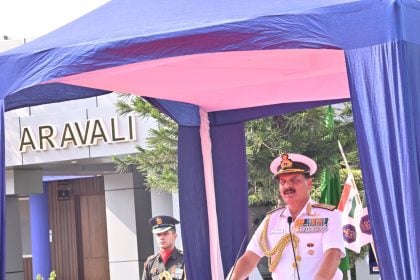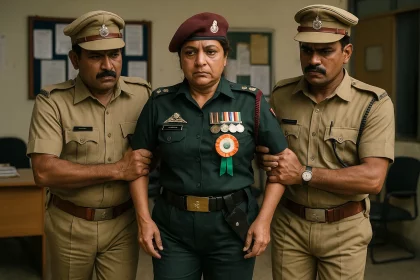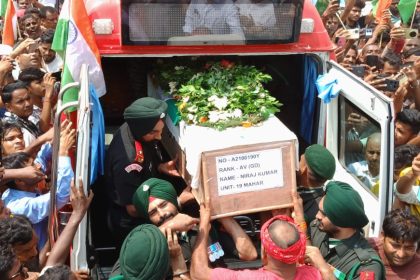IMA Cadet S Balu Laid to Rest with Full Military Honours in Thiruvananthapuram
The mortal remains of Officer Cadet S Balu, who tragically lost his life during training at the Indian Military Academy…
Indian Army Reviews Security and Relief Efforts in Kishtwar Amid Rising Challenges
Lt Gen Pratik Sharma Reviews Counter-Terrorism Operations and Flood Relief in Himalayan District.
Indian Navy Commissions INS Aravali at Gurugram
New Naval Base to Strengthen India’s Maritime Domain Awareness and Information Dominance.
Fake Army Para SF Officer Nabbed in Chhatrapati Sambhajinagar
Police sources confirmed that she has been taken into custody and further investigation is underway.
Village Kajra Pays Tribute to Agniveer Niraj Kumar Chaudhary
A solemn ceremony with full military honors was held in Village Kajra, Deoghar district, to pay rich tributes to Agniveer…
A Father’s Tribute: Honoring Lt. Shashank Tiwari’s Bravery at 11 Gorkha Rifles Regimental Centre
Lt. Shashank’s story is more than a tale of bravery it is a reflection of selfless service.






